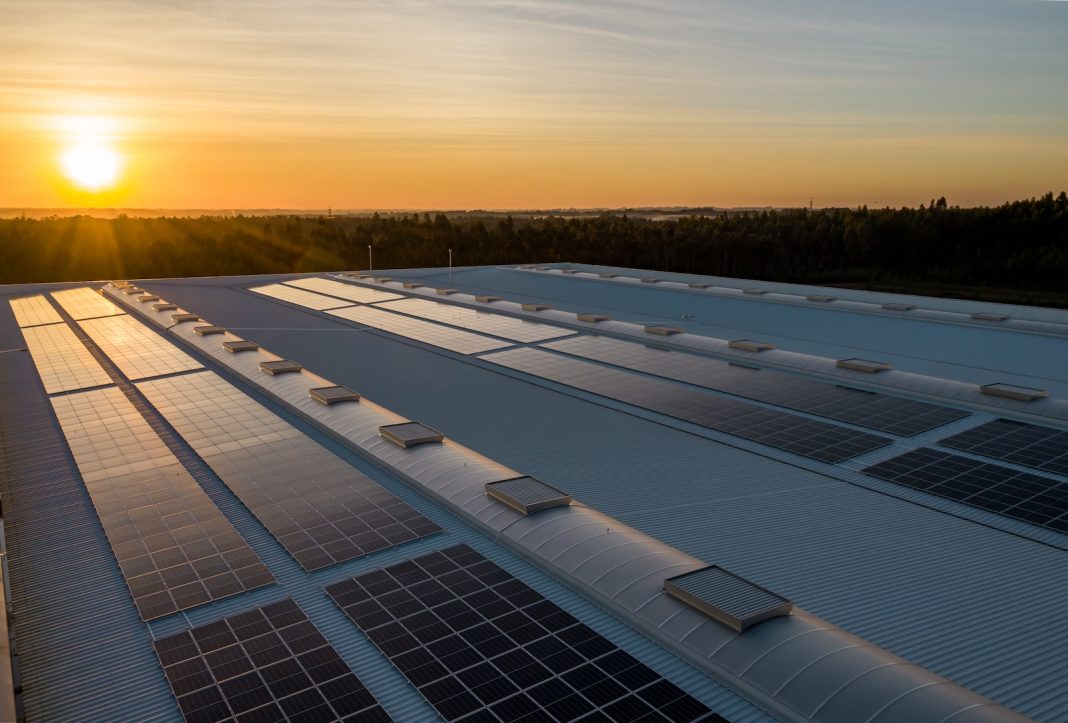As the world grapples with the escalating costs of conventional energy sources and the pressing challenges posed by climate change, the spotlight is turning towards sustainable alternatives. At the forefront of this green revolution are solar panels, transforming sunlight into a tangible, cost-effective source of electricity. In this exploration, we unravel the enchanting science behind solar panels and shed light on the components that make up these marvels of modern technology.
The Solar Panel Anatomy
At the heart of a solar panel system are the solar cells, crafted predominantly from silicon. Acting as the alchemists of clean energy, these cells convert sunlight into electricity through a process known as the photovoltaic effect. Surrounding the cells is an insulating shell, typically crafted from glass or polymer, shielded by a sturdy metal frame that protects against the elements. A junction box houses crucial components such as diodes and wiring, while MC5 connectors link multiple solar panels, forming a cohesive array.
Beyond the panel itself, a myriad of components collaborates to convert, store, and distribute the generated electricity. The key players in this orchestra include:
1. Inverter:
- The linchpin of any solar energy system, the inverter performs the pivotal task of converting direct current (DC) electricity generated by solar cells into alternating current (AC). This conversion ensures compatibility with household appliances that predominantly operate on AC power.
2. DC Optimizers and String Inverters:
- Optimizers fine-tune individual panels, maximizing their power output independently. This optimized power is then fed into the inverter for the AC conversion process. String inverters, on the other hand, perform a similar role for a string of panels.
3. Microinverters:
- Streamlining the process further, microinverters operate at the individual panel level. They track the maximum power point and directly convert DC to AC, eliminating the need for a central inverter.
4. Rapid Shutdown Device:
- A safety net within the system, the rapid shutdown device ensures a secure shutdown of the entire solar power system in case of emergencies.
5. Telemetry Hub:
- Acting as the nerve center, the telemetry hub monitors the entire system and relays real-time data to users through a digital panel, enabling informed decision-making.
6. Battery:
- While not mandatory for grid-based systems, batteries become indispensable in off-grid setups or remote areas. They store excess electricity generated, ensuring a continuous power supply during non-sunlight hours.
Unraveling the Photovoltaic Effect
The magic behind solar panels lies in the photovoltaic effect, a captivating scientific phenomenon that propels the conversion of sunlight into electricity. To comprehend this, it’s imperative to grasp the underlying photoelectric effect. When light illuminates a material surface, electrons are liberated, creating what are known as photoelectrons. This liberation occurs as the energy from light photons surpasses the binding energy that holds electrons to the material.
The photovoltaic effect mirrors this process, but instead of ejecting electrons from a material surface, it involves the absorption of sunlight by solar cells. Photons from the sunlight energize electrons within the solar cell material, liberating them from atomic bonds. The solar cells, featuring a PN junction composed of semiconductor materials, then channel the flow of these liberated electrons, resulting in the generation of electricity.
To Grid or Not to Grid
Contrary to popular belief, embracing solar power does not necessarily mean severing ties with the conventional grid. Homeowners can opt for a hybrid approach, remaining connected to the local electricity provider while reaping the benefits of their solar-powered station.
Without the need for a battery, surplus electricity is seamlessly channeled back into the grid. Local regulations may dictate the specifics, but generally, a monitoring device calculates the units of electricity generated, earning homeowners credits for contributing to the grid. This grid-tied configuration proves cost-effective, as it eliminates the requirement for an expensive battery, allowing homeowners to leverage existing infrastructure.
For those inclined towards an off-grid lifestyle or residing in remote areas, a battery becomes an essential companion. In such setups, the generated electricity is stored in the battery, ready to be converted into AC power by the inverter when needed. This self-sufficiency offers resilience during power outages and ensures a consistent energy supply.
In Conclusion
As the world collectively moves towards a more sustainable future, solar panels stand as beacons of hope. Understanding the intricate dance of electrons within the photovoltaic effect and the synergy of components in a solar panel system unveils the true magic behind this renewable energy source. Whether connected to the grid or forging an independent path, the adoption of solar panels not only contributes to a cleaner environment but also promises substantial savings in the long run. As the sun continues to shine, so does the potential for a brighter, greener tomorrow.


